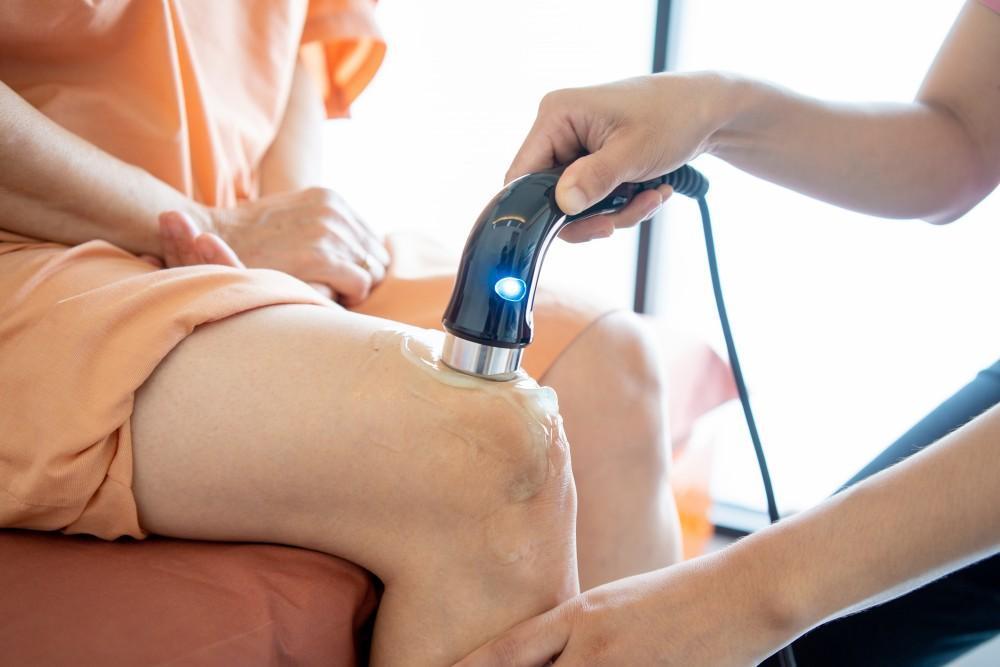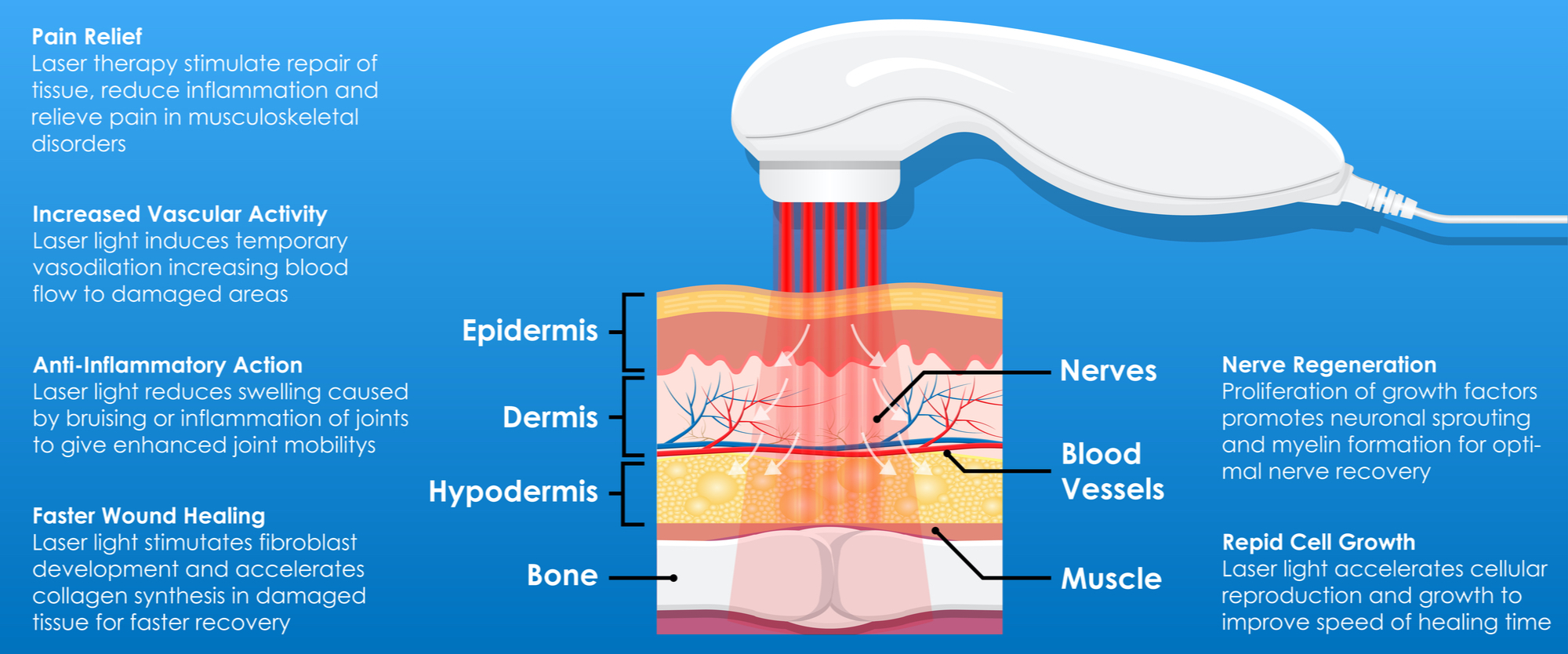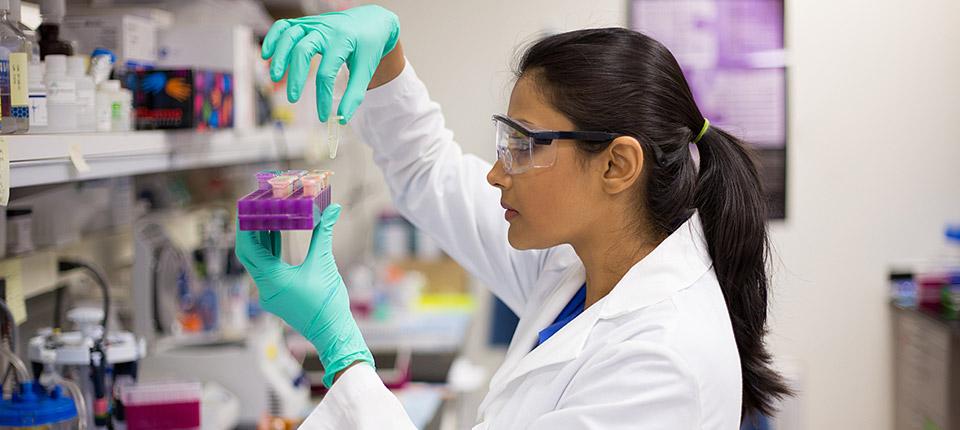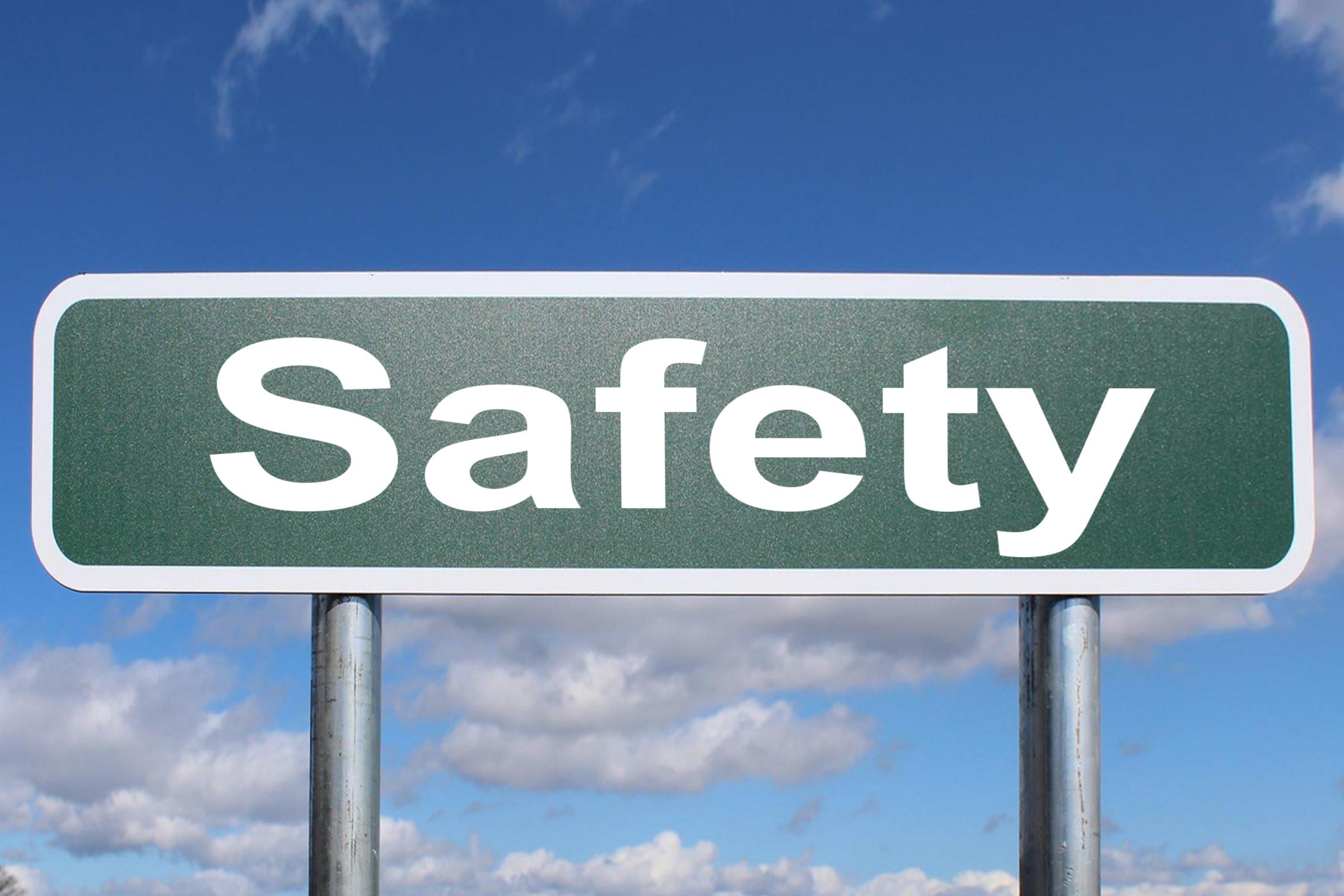Welcome to the fascinating world of laser therapy, a realm where light itself can heal. In an age where technological advancements constantly push the boundaries of medical science, laser therapy stands out as a beacon of innovative promise. Imagine harnessing the power of precisely controlled light to alleviate pain, rejuvenate skin, and accelerate the body’s natural healing processes. But as with any medical marvel, it comes with its own set of techniques and precautions. In this illuminating exploration, we delve deep into the myriad uses of laser therapy, uncover its intricate methods, and address the safety concerns that accompany its impressive potential. Prepare to see the light in a whole new way.
Understanding Laser Therapy: A Modern Medical Marvel
Laser therapy has carved its niche in the realm of modern medicine, offering a spectrum of treatments that transcend traditional methods. From dermatology to surgery and oncology, the applications are vast and versatile. Laser therapy employs concentrated light energy to target specific tissues, providing controlled precision that other methods often lack. Whether it’s for removing skin imperfections, aiding in pain management, or even promoting tissue repair, this advanced technique continually proves its efficacy and innovation.
One of the most exciting aspects of laser therapy is its multifaceted use cases. Its applications include but are not limited to:
- Cosmetic Procedures: Acne scar treatment, hair removal, and skin resurfacing.
- Medical Treatments: Minimally invasive surgeries, eye corrections, and dental procedures.
- Therapeutic Uses: Pain relief, inflammation reduction, and accelerated wound healing.
The methodology of laser therapy varies based on the purpose it serves. Generally, a laser device emits light at specific wavelengths, which is absorbed by the targeted tissue. This can result in either destruction or transformation of the tissue, depending on the desired outcome. For example, in skin treatments, the light breaks down skin cells that are later removed by the body’s natural processes. The precision of laser technology allows for targeting only the affected areas without damaging the surrounding tissues, making it a favorable option for many patients.
| Procedure | Laser Type |
|---|---|
| LASIK Eye Surgery | Excimer Laser |
| Tumor Removal | Carbon Dioxide Laser |
| Hair Removal | Diode Laser |
Safety concerns surrounding laser therapy are minimal but important to acknowledge. As with any medical procedure, preparation and expertise are paramount. Protective measures, such as eye shields, are essential to safeguard against unintended exposure. Additionally, understanding the potential side effects, like temporary pain or redness, can better prepare patients for the outcome. Medical professionals meticulously calibrate laser settings to ensure safety and maximize the benefits, making this revolutionary therapy as safe as it is effective.

Applications of Laser Therapy: From Dermatology to Dentistry
Laser therapy has seen a tremendous evolution in its applications, ranging from enhancing skin appearance to improving oral health. In the realm of **dermatology**, lasers are extensively used for a variety of treatments. Whether it’s reducing wrinkles, removing unwanted hair, or treating acne scars, laser technology offers non-invasive solutions with minimal recovery time. Various types of lasers, such as fractional and pulsed dye lasers, target specific skin concerns, enhancing the overall texture and tone of the skin.
Switching gears to **dentistry**, laser therapy has become a game-changer. Dental professionals use lasers for procedures like gum reshaping, cavity removal, and teeth whitening. These laser treatments are not only precise but also reduce the risk of infections and promote quicker healing. Laser dentistry thus offers a pain-reduced alternative to traditional dental tools, being less intimidating for patients.
Here are some key applications in dermatology and dentistry:
- Dermatology:
- Wrinkle reduction
- Tattoo removal
- Hyperpigmentation treatment
- Vascular lesions treatment
- Dentistry:
- Cavity treatment
- Teeth whitening
- Gum surgery
- Lesion removal
For a clearer picture, here’s a comparison of laser therapy applications in dermatology and dentistry:
| Field | Applications | Benefits |
|---|---|---|
| Dermatology | Wrinkle reduction, Tattoo removal, Acne treatment | Non-invasive, Minimal downtime |
| Dentistry | Cavity treatment, Gum surgery, Teeth whitening | Precise, Reduced infection risk, Quick healing |

The Science Behind the Beam: How Laser Therapy Works
At its core, laser therapy leverages the power of concentrated light to penetrate tissue and promote healing. **Laser** stands for *Light Amplification by Stimulated Emission of Radiation*, and it works by emitting a narrow, focused beam of light at specific wavelengths. When these beams interact with tissues, they can induce cellular repair and regeneration in a way that traditional therapies cannot match. Essentially, lasers stimulate the cells to work more efficiently, enhancing natural healing processes and reducing inflammation. This can be beneficial for a variety of conditions, from chronic pain and injury recovery to skin rejuvenation and beyond.
The beauty of laser therapy lies in its precision and versatility. **Low-Level Laser Therapy** (LLLT) and **High-Power Laser Therapy** (HPLT) are the two main types, each offering unique benefits:
- LLLT: Also known as cold laser therapy, it operates at a lower intensity and is commonly used for pain management, wound healing, and reducing inflammation.
- HPLT: More intense and often used for surgical precision cutting, tissue removal, or deeper penetration required for certain types of therapeutic effects.
Both types of laser therapy work by targeting specific tissues and manipulating cellular functions without causing damage to surrounding areas.
Delving into the mechanism, laser therapy operates primarily through two pathways: photochemical and photothermal. The photochemical pathway involves the absorption of light by cellular photoreceptors, which triggers various biological processes. This can lead to increased ATP production, reduced oxidative stress, and enhanced gene expression for tissue repair. On the other hand, the photothermal pathway uses the light’s heat energy to increase local blood flow and enhance metabolic processes. **By combining these effects, laser therapy can effectively reduce pain, promote tissue repair, and improve circulation.**
Being mindful of the diverse applications and types of lasers available, laser therapy presents as a highly controlled and safe treatment option when conducted by trained professionals. Ensuring precision in targeting the affected area without impacting surrounding tissue is paramount for achieving the best results. **Safety measures** include:
- Proper eye protection for both patient and practitioner.
- Adherence to recommended dosage levels to avoid tissue damage.
- Comprehensive patient evaluations to tailor laser settings to individual needs.
For a clearer view of how various types of laser treatments differ in application, consider the following table:
| Laser Type | Common Uses | Wavelength (nm) |
|---|---|---|
| Low-Level Laser Therapy (LLLT) | Inflammation, Pain Relief, Wound Healing | 600-1000 |
| High-Power Laser Therapy (HPLT) | Surgical Procedures, Deeper Tissue Repair | 800-1000 |

Evaluating Effectiveness: Clinical Studies and Patient Outcomes
In recent years, the clinical efficacy of laser therapy has been scrutinized through various studies, offering a myriad of insights. These clinical trials have delved into multiple medical conditions to gauge the effectiveness and safety of laser therapy. One study focused on **chronic pain management**, demonstrating a significant reduction in pain levels for patients who underwent laser therapy sessions. Another research delved into **dermatological disorders**, showing promising outcomes for patients suffering from acne, psoriasis, and other skin ailments. The general consensus from these studies indicates that laser therapy can be both effective and safe when administered correctly.
The impact on patient outcomes extends beyond just clinical indicators. **Patient satisfaction levels** have notably increased, owing to the non-invasive nature of laser procedures. A survey conducted among patients who received laser therapy for chronic pain reflected overwhelmingly positive feedback in terms of pain alleviation and improved quality of life. Additionally, patients who underwent laser treatments for skin conditions reported enhanced confidence and mental well-being, a testament to the therapy’s multifaceted benefits. Real-world patient testimonials further cement the therapy’s wide-ranging advantages.
Here’s a concise overview of the benefits observed in clinical studies and patient outcomes:
- **Reduced pain severity** in chronic pain patients
- **Improved skin texture and complexion** for dermatological conditions
- **Increased patient satisfaction** due to non-invasiveness
- **Enhanced quality of life** and mental well-being
| Condition | Study Outcome |
|---|---|
| Chronic Pain | Significant pain reduction |
| Dermatological Disorders | Marked improvement in skin conditions |
| Post-Surgical Recovery | Faster healing times |

Safety First: Addressing Concerns and Best Practices
Ensuring patient safety is paramount in any therapeutic procedure, and laser therapy is no exception. Before undergoing treatment, it is crucial to understand potential risks and the measures taken to mitigate them. While complications are rare, being well-informed can help patients make empowered decisions about their health. Knowledge about possible side effects, such as skin irritation or uneven pigmentation, equips patients to work collaboratively with their healthcare providers for the best outcomes.
Healthcare providers adhere to rigorous standards when performing laser therapy treatments. These best practices include:
- Conducting thorough pre-treatment evaluations to identify any contraindications.
- Using FDA-approved laser devices tailored to the specific needs of the treatment.
- Wearing protective eyewear to safeguard both the patient and provider against harmful laser radiation.
Such measures aim to create a safe environment, minimizing discomfort while maximizing the therapeutic benefits of the procedure.
Another critical consideration is the proper training and certification of practitioners. Reputable clinics ensure their staff have completed extensive training in laser technology and safety protocols. This not only boosts patient confidence but significantly reduces the likelihood of adverse effects. It is advisable for patients to verify the qualifications of their healthcare provider and ensure the clinic adheres to industry regulations.
Here is a quick reference to some safety tips and concerns:
| Safety Tip | Details |
|---|---|
| Avoid direct sun exposure | Minimize UV exposure before and after treatment. |
| Keep treatment area clean | Prevent infection by maintaining hygiene. |
| Report unusual symptoms | Contact your provider if you experience severe pain or unusual side effects. |
By staying informed and adhering to these guidelines, patients can significantly reduce potential risks and enjoy the myriad benefits that laser therapy offers.
Q&A
Q&A: Exploring Laser Therapy – Uses, Methods, and Safety Concerns
Q1: What is laser therapy, and how does it work?
Laser therapy, often known as light amplification by stimulated emission of radiation (LASER) therapy, employs focused light to treat various medical conditions. It works by targeting specific areas with concentrated light, which can stimulate cellular function, reduce inflammation, accelerate tissue repair, or even destroy problematic cells. Different wavelengths and settings are used based on the condition being treated.
Q2: What are some common uses of laser therapy?
Laser therapy has a broad range of applications across multiple fields of medicine. It’s frequently used in dermatology for skin rejuvenation, hair removal, and treating pigmentation issues. In ophthalmology, it corrects vision through LASIK surgery. It also plays a role in dentistry for procedures like gum reshaping and cavity treatment. Additionally, it’s employed for pain management, wound healing, and even in oncology for targeting tumors.
Q3: What are the standard methods of administering laser therapy?
*There are several types of laser therapy methods, each tailored to specific treatments. Some methods include:
- Low-Level Laser Therapy (LLLT): Often used for pain relief, inflammation reduction, and tissue repair.
- High-Intensity Laser Therapy (HILT): Utilized for deeper tissue penetration to treat more severe conditions.
- Laser Ablation: Used to remove or destroy tissue, such as in surgical procedures or to remove lesions.*
Q4: Are there any safety concerns associated with laser therapy?
While laser therapy is generally considered safe, it does come with potential risks and side effects. These can include burns, scarring, pigmentation changes, and eye injuries if proper precautions aren’t taken. It’s vital for practitioners to be adequately trained and for patients to follow pre- and post-treatment guidelines. As with any medical procedure, consulting with a healthcare provider to understand the risks and benefits is crucial.
Q5: How does one prepare for a laser therapy session?
Preparation can vary depending on the type of laser therapy. Generally, patients might be advised to avoid sun exposure, discontinue certain medications, or apply specific creams. During the initial consultation, the healthcare provider will provide detailed instructions tailored to the individual’s treatment plan. Following these guidelines closely can help ensure a smooth and effective session.
Q6: What can patients expect during and after a laser therapy session?
During a laser therapy session, patients might feel a tingling or warm sensation, but this varies based on the type of treatment. Sessions can range from a few minutes to an hour, depending on the procedure. After treatment, it’s common to experience mild redness, swelling, or sensitivity. Most of these side effects are temporary. The healthcare provider will offer post-treatment care instructions to help manage any discomfort and promote healing.
Q7: How effective is laser therapy, and what are the success rates?
The effectiveness of laser therapy can significantly vary, depending on the condition being treated and the individual’s response. For instance, in dermatological applications, many patients see noticeable improvements after a few sessions. In surgical applications, outcomes are generally high, with procedures like LASIK surgery boasting success rates above 90%. However, it’s essential to have realistic expectations and understand that results may not be immediate.
Q8: Who should avoid laser therapy?
Certain individuals may need to avoid laser therapy, including those with specific medical conditions, such as active infections, certain skin conditions, or photosensitivity disorders. Pregnant women and those with certain types of implants should also exercise caution. A thorough medical evaluation and consultation with a healthcare provider are necessary to determine if laser therapy is appropriate.
Q9: What advancements are being made in laser therapy technology?
Laser therapy technology is continually evolving, with advancements focused on increasing precision, reducing recovery times, and expanding treatment capabilities. Innovations include the development of more targeted wavelengths, integration with other therapies, and improvements in safety protocols. These advancements hold promise for even broader applications and enhanced treatment outcomes.
Q10: Where can one find a reputable provider for laser therapy?
Finding a reputable provider involves research and consultation. Start by seeking referrals from primary care physicians or trusted medical professionals. Verify the credentials of the provider and the clinic, ensuring they have experience and positive reviews in the specific type of laser therapy needed. It’s also wise to ask about the equipment used and the safety measures in place to ensure a safe and effective treatment experience.
Through this Q&A, we’ve peeled back the layers of laser therapy to reveal its multifaceted uses, intricate methods, and key safety considerations. Whether you’re seeking relief from chronic pain, skin rejuvenation, or surgical precision, laser therapy shines brightly as a versatile tool in modern medicine.
In Summary
As we navigate the ever-evolving landscape of medical science, laser therapy stands as a luminous beacon, illuminating the path to advanced treatment modalities. From its versatile uses in dermatology and ophthalmology to groundbreaking applications in oncology, this technology exemplifies the synthesis of precision and innovation. Yet, like any powerful tool, it carries with it an imperative for caution, with safety concerns demanding our meticulous attention and respect.
In the symphony of modern medicine, laser therapy is a compelling note, blending the harmonies of promise and prudence. As this chapter continues to unfold, it invites both practitioners and patients to embrace its potential while remaining vigilant guardians of its practice. As we stand on the threshold of tomorrow, one thing is certain: the light of laser therapy will continue to guide, heal, and transform, casting its brilliance upon the future of healthcare.






